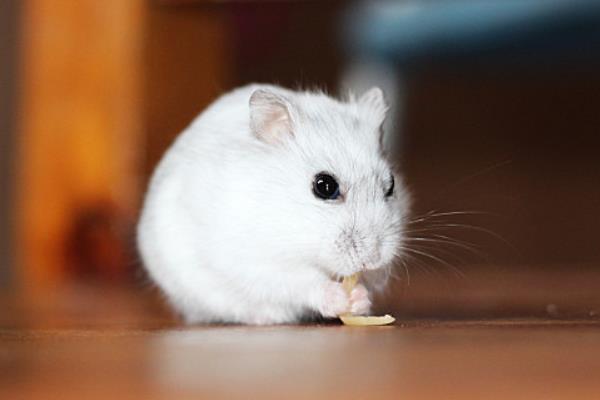The care of white hamsters is of moderate difficulty, but some details need to be noted. Compared with laboratory mice, the care of white hamsters has both advantages and disadvantages. The fur of white hamsters gets dirty easily, so it's necessary to clean their cages regularly, change the bedding, and keep the environment clean. In addition, providing a balanced diet for white hamsters is also crucial for their healthy growth. Besides professional hamster food, fresh vegetables, fruits, and nuts can be fed in moderation, but foods with high sugar content or additives should be avoided.

The characteristics of white hamster varieties include being slightly smaller in size than the Dwarf Campbells Russian Hamsters. There is a black stripe on the back, with dark gray fur on the back and white fur on the belly. The original species will change their fur color to white in winter. There is fur on the inside of their feet, and each of the upper and lower jaws has a pair of sharp incisors, and the tail is short.
